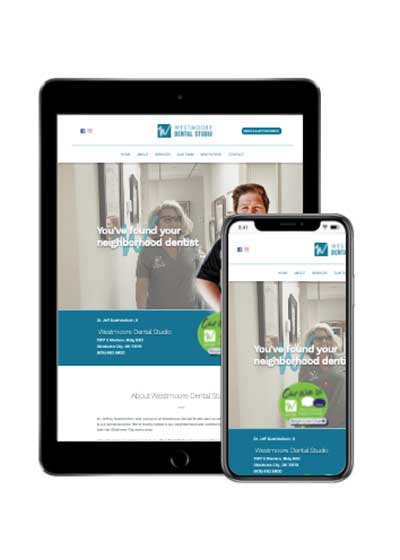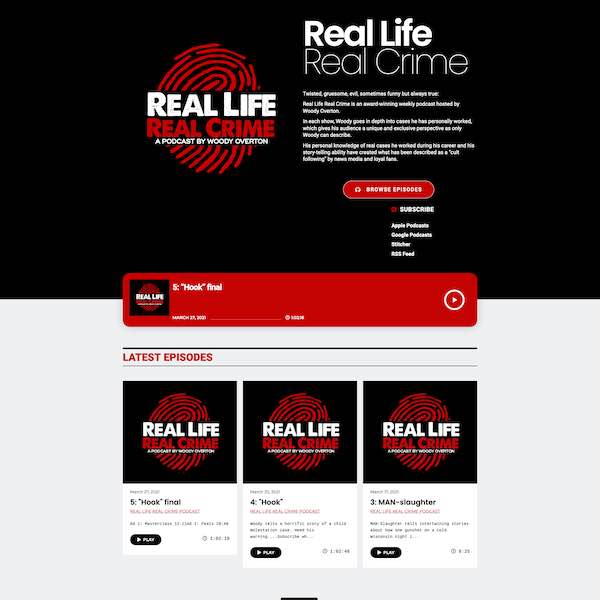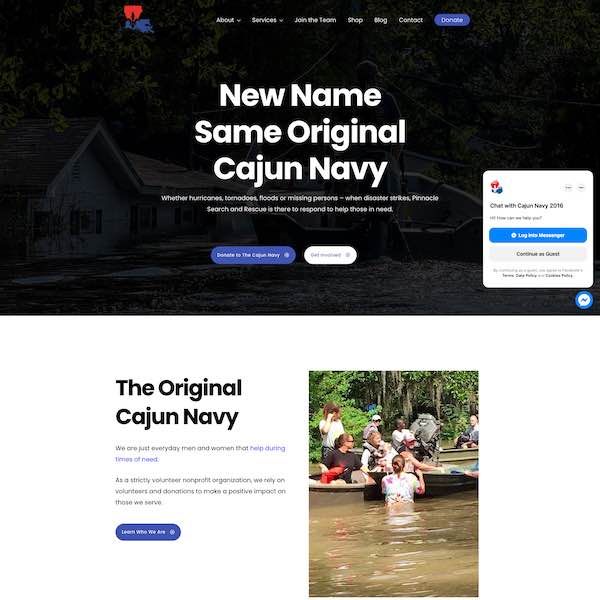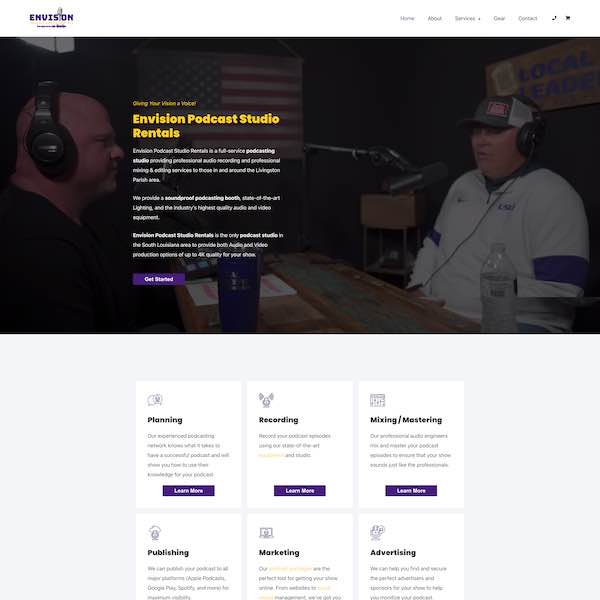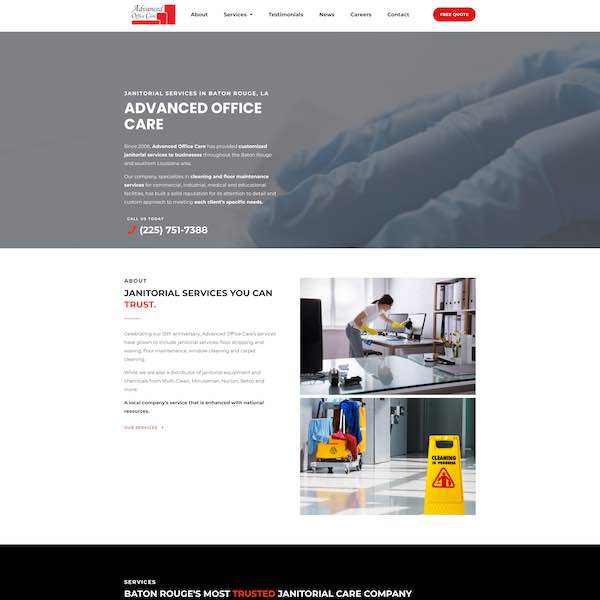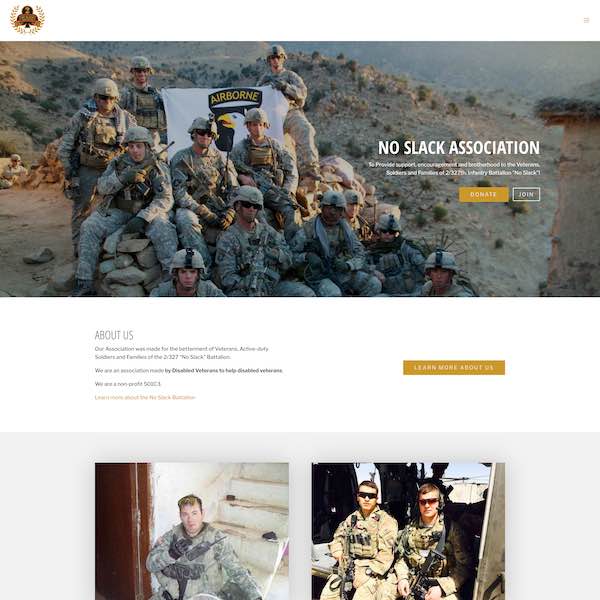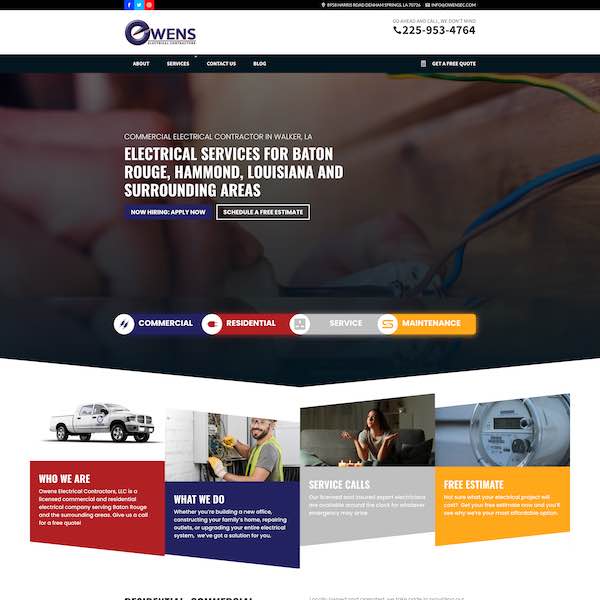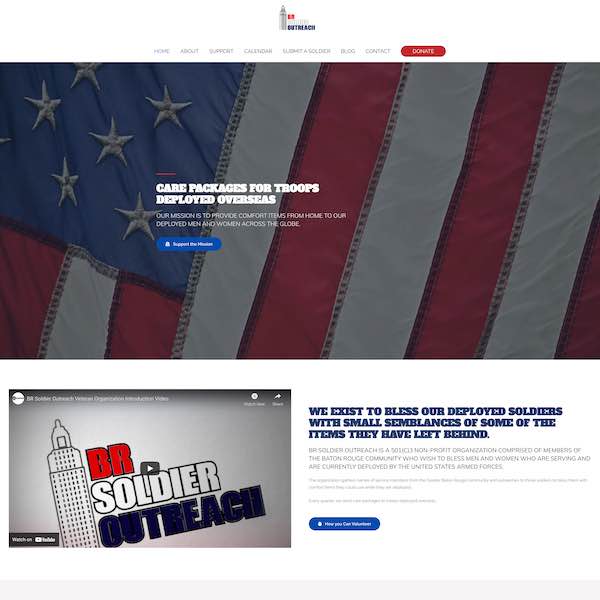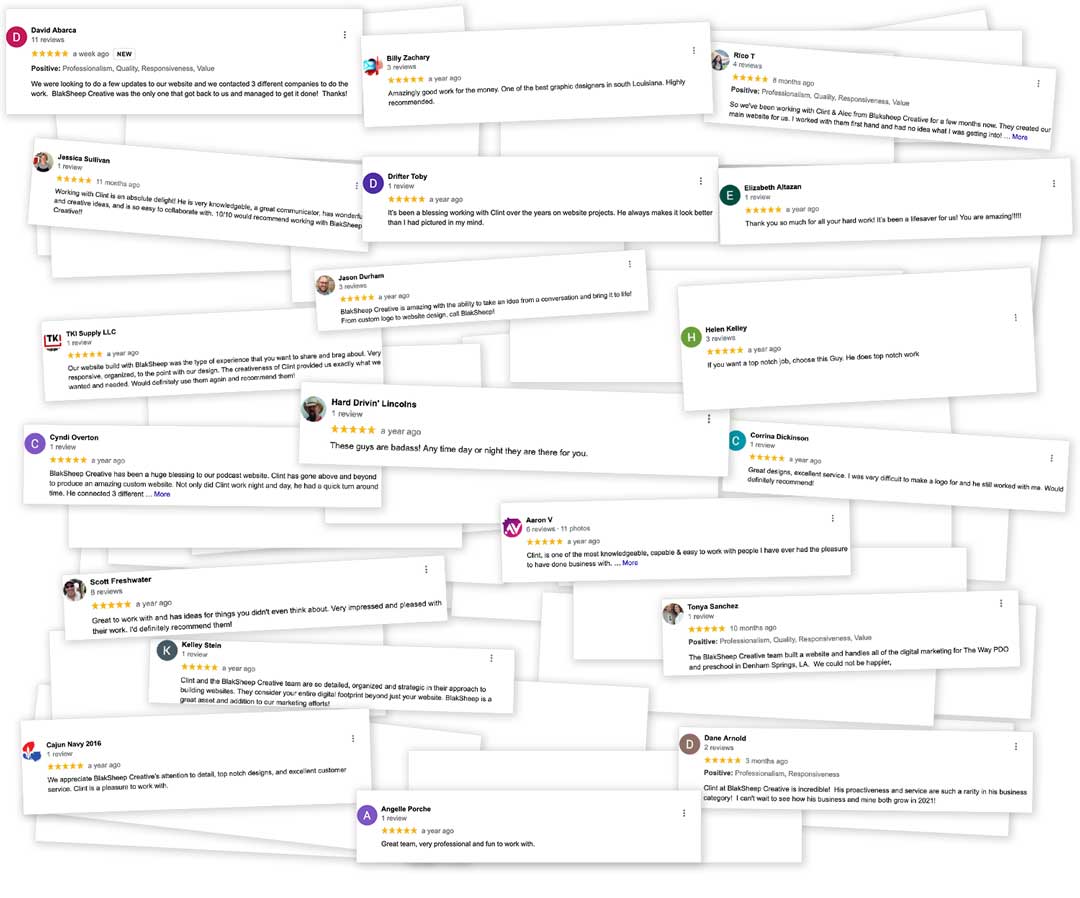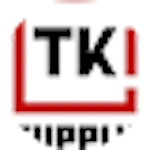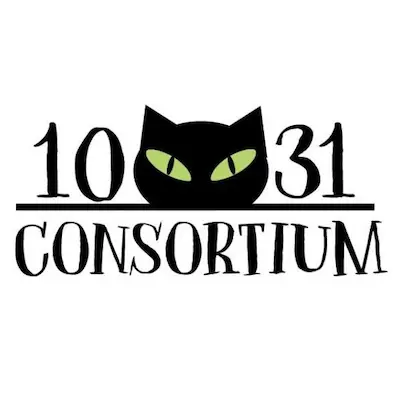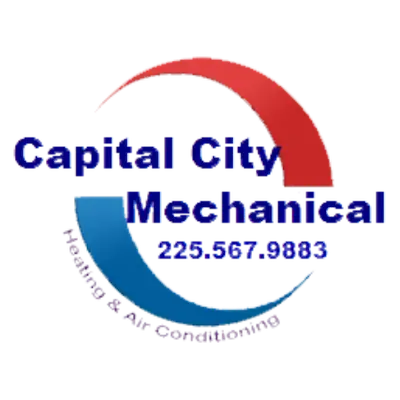On-page SEO is the process of improving a website’s organic visibility in search engines by optimizing on-site factors. Many things can be done to improve your site’s “on page” ranking, but one example includes:
Optimizing title tags with keywords relevant to your services.
On-Page SEO for websites is more than just improving the content of service pages. Your dental website likely has visuals in the form of pictures, graphs, videos, and other visual aids that should be considered when optimizing your overall on-page strategy.
A website’s most important asset is its content, and to fully enjoy the experience of browsing a site smoothly, you want that content to be optimized for speed. A picture on a website isn’t just there as decoration; it can convey information about what your business does or who your customers are. But it’s essential to make sure it loads quickly.
Or else they’ll cause delays when scrolling through pages or, worse, bouncing off to your competitor’s website.
Any videos should also be embedded into a site and hosted offsite to improve overall load speed.
Second, visuals need to have an alt-tag associated with them.
The Alt-Text is a powerful tool to use for web pages.
Content also needs to be arranged attractively, and H1, H2, and H3 headers are great tools for this type of organization. When it’s difficult or impossible to navigate through the site due to poor design choices on behalf of its creator(s), visitors will leave your website quickly because they cannot find what they’re looking for without frustration. This might hurt their rankings if you want them to be found by search engines.
On-Page SEO often works hand in hand with another dental marketing area discussed below: Content Marketing. Through both strategies, you can better connect your brand to prospective patients and encourage them to choose your practice over others.
